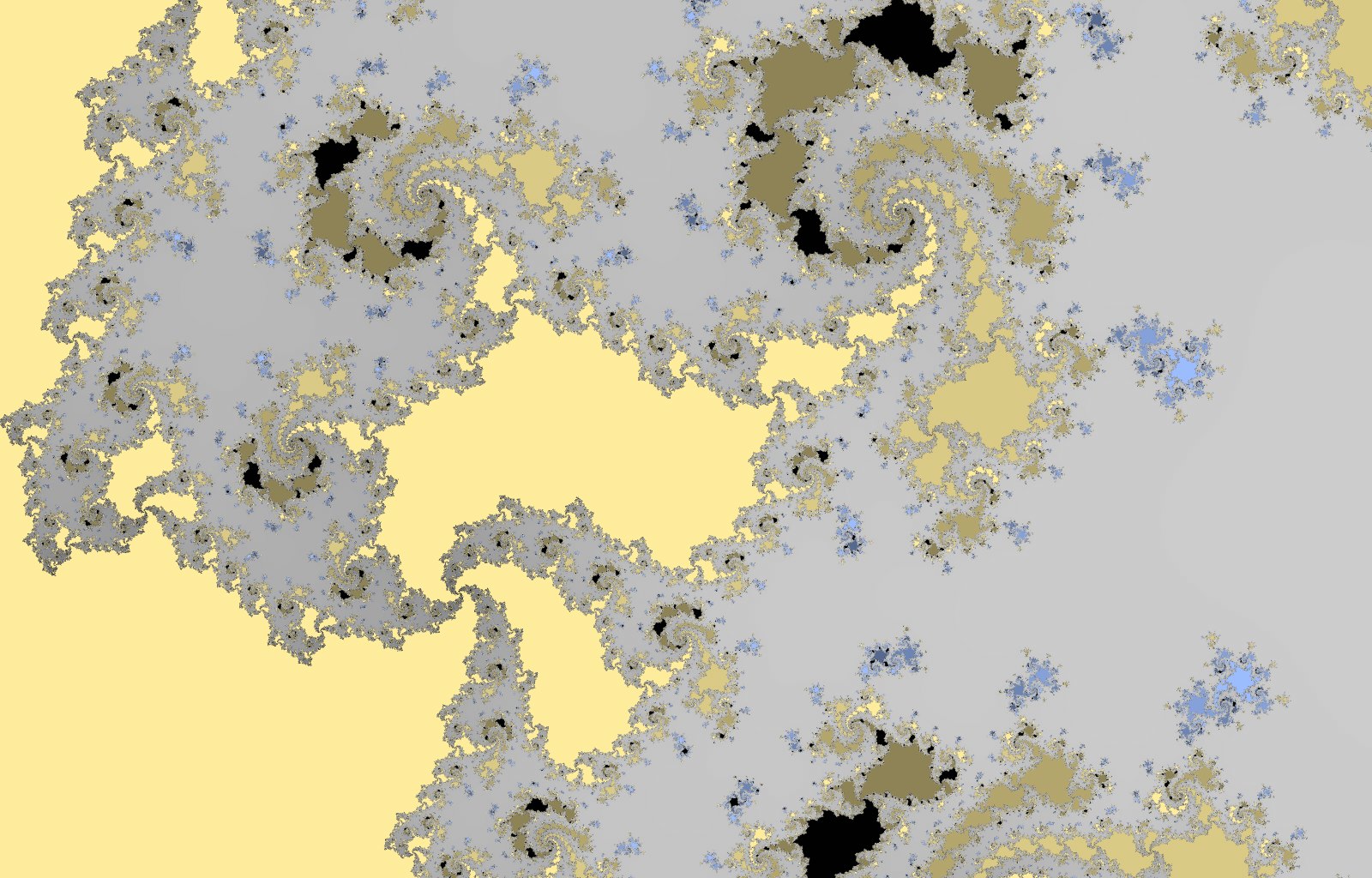|
A NEW GEOMETRY NEEDED

In all chaos there
is a cosmos,
in all disorder a secret order ...
Carl
Jung
The
movement to achieve a quantum understanding of living systems emergence is of course a quantum structuralism that
naturally finds resonance with the structuralist history of last century, one of the foremost proponents of which, in
the UK, was D'Arcy Thompson who explicitly sought mathematical description of living systems morphologies
and, therein, hopefully, the means to understanding the forces and resultant forms underlying the genesis of the transformations
of embryogenesis and development.
Given
that one of the tenets that are in part illustrated here is that of a profound scientific revolution in the light of mathematical
revelation, it is perhaps pertinent here to address the question of Thompson’s belief with respect to the real nature
of mathematics in terms of its potential for understanding living systems.
Following on
Kant’s conception - that it is nature herself and not the mathematician, who brings mathematics into Natural Philosophy
- Thompson (1917) gave his conception of the role:
‘...
a certain mathematical aspect of morphology, to which, as yet, the morphologist gives little heed, is interwoven with his
problems, complementary to his descriptive task and helpful, nay essential, to [his] proper study and comprehension of growth
and form ... mathematic concepts and dynamical principles may help and guide ... a field for the mathematicians labour - a
field which few have entered and no man has explored ...’.
Here Thompson opines the lack of appropriate
mathematic for the structuralist vision and fifty years later it is this same lack of suitable mathematic that
is reported by David Bohm as still hindering progress in the structuralist enterprise and the synthesis of biological and
physical theoretics.
Thompson and Bohm both find voice in the career of C H Waddington, a
geneticist who was one of the earliest significant 'mainstream' players to realise the incompleteness of the
Neo-Darwinian focus who then, in seeking alternative ground for theoretical
development of living systems science, readily appreciated the need for collaboration
across the disciplines, i.e., interdisciplinary working:
'In 1965 the IUBS arranged a series of small symposia
at which biologists, mathema-ticians, theoretical physicists and others would explore the possibility
of formulating the structure of a discipline of General Theoretical Biology.
It was then felt that the time was
approaching when such a subject might merit a recognised place within the field of biology, as Theoretical Physics has done for so many years among the
physical sciences.' (1969, C H Waddington, Ed.,
Towards a Theoretical Biology 2. Sketches. Edinburgh UP).
Waddington,
in his introduction to the 2nd symposium volume, reports the findings of the first meeting, i.e., that 'living systems are particular examples of 'organised
complexity'' and outlines the task of
the 2nd symposium, therefore, to address the questions arising - 'What kind of complexity?' and 'What are the principles
of its organisation?'. Waddington goes on to point out, particularly,
that David Bohm was
'a significant contributor in this early formulation'.
'The second symposium sought to find meaningful ways of formulating
these questions
and to sketch out some general lines along which there is hope of answering them.' It is then with extraordinary prescience that David Bohm, at this 1969
meeting, was able to clearly define
the fundamental problem for this early attempt at even the abstract
synthesis of biology and physics and identifies it
as a mathematical, specifically a
geometric, shortfall.
Extract
is given here in some detail in order to make plain Bohm's explicit call for the mathematical language that we, today, can readily recognise as fractal geometry.
Notes
from David Bohm 'Some remarks on the notion of order'
Of the opinion that a coherent
overall theoretical biology will have to:
'... involve the notion
of order in a way that is more fundamental than that in which
order now enters into the theories of physics.
Order may well be a fundamental
notion that underlies both physics and biology and permits them to be related
in a deep and essential way by making available a common language and
conceptual structure for the formulation
of both ... Order may well be the
basic factor uniting living and non-living things'.
'If order is more fundamental than almost any other notion that
we can think
of, how then can we hope to define it? I
propose that a good point of departure
into this subject is to consider the notion that order is basically a set of
similar
differences. To illustrate what is meant, consider
a geometric curve, which is in
some way an ordered set of points.
To describe this order, let the curve be
approximated by
linear chords of equal length. Then intuitively we can see in a
general way that to obtain a regular curve rather
than an arbitrary set of points
the differences in the chords
must be similar. The simplest curve is a straight
line - the successive chords differ only in position being similar
and, indeed, the
same, in direction. The whole curve is determined by the first chord, so we can
call it a curve of first order. The next curve is a circle. Here the
chords differ
both in position and in angle but successive differences in angle are similar and,
indeed, equal.
So a circle is determined by the first two chords and can be called
a curve of second order. The next is a spiral. Here
the planes determined by
successive pairs of chords are
different so that the curve turns into a third dimen-
sion. However the difference of angle between the planes is similar and, indeed,
the same. Thus the spiral is a curve of third order, determined by its first three
chords'.
'Evidently we can in this way define curves of higher and higher order eventually
reaching
curves of inifinite order. Among these would be curves so complex and
tangled up that everyone would be inclined
to call them random'. As has been
pointed out by Mandelbrot, the curves his mathematic can describe
were often
previously defined as being of 'pathological' complexity ...
'The question of the term randomness has never been answered
very clearly. Very often the the quality of randomness has been equated
with what is called disorder. But if one thinks for a moment, it can be
seen that disorder, in the sense of the total absence of any kind of order whatsoever,
is both a logical and a factual impossibility. Thus if an object moves on what is called a random curve, it always moves in some kind of order. What we have to do is describe and analyse the order rather than to avoid the question by calling it disorder.' We would today refer to this kind of 'disorder' as deterministic or 'structured chaos'.
'It is clear that the principle of structure is universal. Thus the elementary particles are ordered to make the atoms, the atoms are ordered to make molecules, the etc and so on to the planets, stars, galaxies etc.' Today, instead of 'are ordered' we recognise the 'self-organisation' or 'self-ordering' of such systems.
'To carry out this kind of inquiry adequately we need a language that describes
order and structure properly and in my view we do not at present
have such a language.'
'One might then ask whether we could not describe orders and structures properly with
the aid of mathematical language. I do not think existing forms of
mathematics are really adequate for this purpose either. To
be sure, something along this line is being done in topology and in information
theory, but in both subjects what is absent is an adequate notion of order.
What is needed is to develop a new mathematics
of order and structure .... cannot be done solely by applying existing mathematics whose axioms treat order and structure as bare concepts. There is no reason why we cannot introduce new axioms in which the notions of order and structure are taken as the fundamental points of departure for our thinking.'
'Breaks or changes in the order of a given process can themselves
be the basis of a higher order of process.'
'The difference between life and non-life is perhaps not in the process of evolution itself, but rather in the degree and kind of intrinsic
order of order which has thus far
resulted from the process of evolution.'
'As
is well known, statistical mechanics has been able to explain the thermodynamic properties
of matter in bulk by means of a statistical treatment of the movements of large aggregates of atoms. But in doing this
it has been led into certain very confused questions having to do with the []
concept of entropy. Usually the increase of entropy has been equated with
an increase of what is called disorder, but as I have already indicated, there
can be no such thing as disorder. And indeed one does discover that proofs
of the increase of entropy always encounter contradictions and paradoxes.'
'These contradictions arise
because one begins with classical physics which works solely in terms of a simple
mechanical kind of movement generating particle orbits that are curves of
second order. On the other hand, the notion of entropy is inseparable from
that of probability, which is in turn inseparable from that of randomness and
as has been seen earlier, a random curve - a typical case of which is the orbit
of a particle in Brownian motion - is a curve of infinite order. The confusion
is further confounded by a present current tacit assumption that in all fundamental
laws the movement must be with a simple curve or a random curve. In
trying to explain entropy in this way we are led to impose both these extremes at
the same time and thus attempt the impossible. The conflict can be avoided if we admit the concept that the basic laws of physics may involve curves of all orders from the first or second to infinity. The increase of entropy can be explained as a change of order of the orbital curve from one of lower to one of higher order ... but of course we will not be able to get very far in our inquiry into these processes
until we develop a new mathematics of order, just as Newton could not get very far in mechanics until he developed the
new mathematics of the differential calculus.'
Bohm, as ever, ahead
of the game, but with at least five years to wait before fractal geometry makes first official appearance.
Strangely, the desired end of bioelectromagnetics or quantum life science - to have a quantum model
for the working of the biological cell - is at threat yet again by dint of mathematical failure, except
this time it is not failure due to the absence of the requisite mathematic, but instead by failure to apply it.
Even worse, this failure of application refers to the lack of development in fractal or chaotic approach at the level of
quantum theory, on which level the the structuralist enterprise now rests. As was recently pointed out
in a New Scientist article 'very few scientists working on fundamental physics have explored how fractals
might be incorporated into the theory, even though they are commonplace in other parts of physics ... it suggests
there might be an underlying physical geometry that physics has just missed '.
That is a bad miss and shocking news (to understate the case) given the ubiquity
of fractals in nature - as has been found by all other disciplines - and certainly seems neither logical nor
reasonable.
'That a principle of such broad generality should hold with such exactness in one domain of phenomena and yet
should be invalid for another is a priori not very probable.' (Einstein, 1916).
< Back to BIO-EM
|



